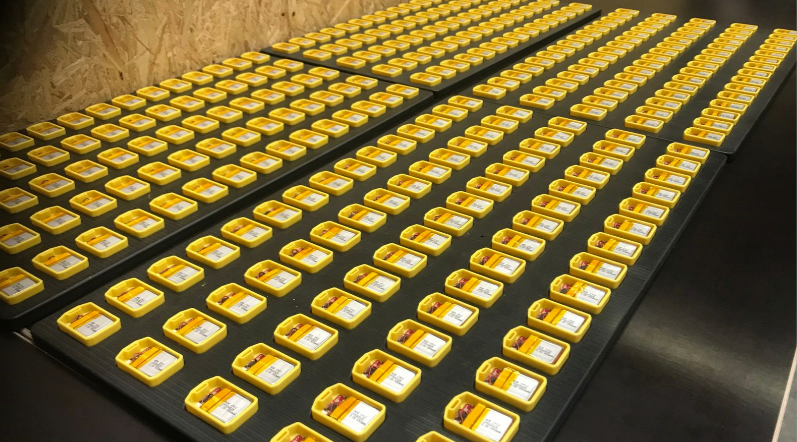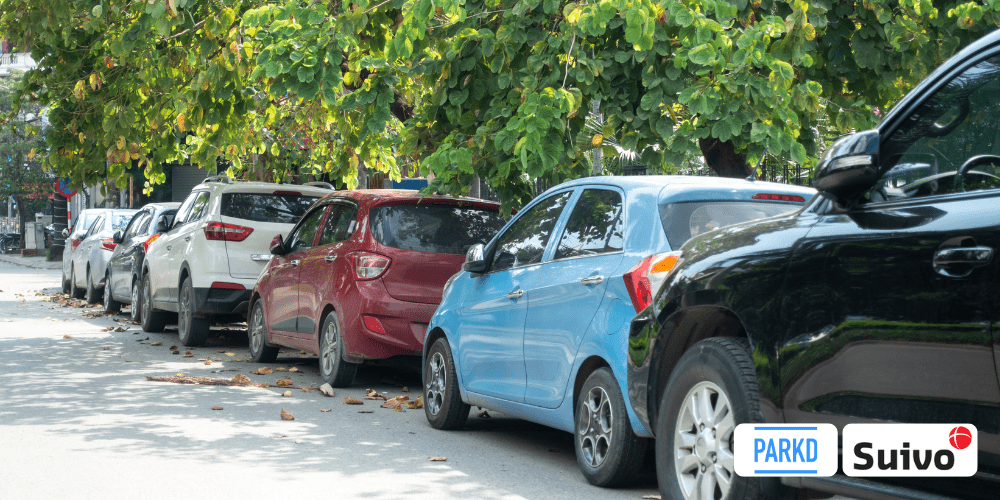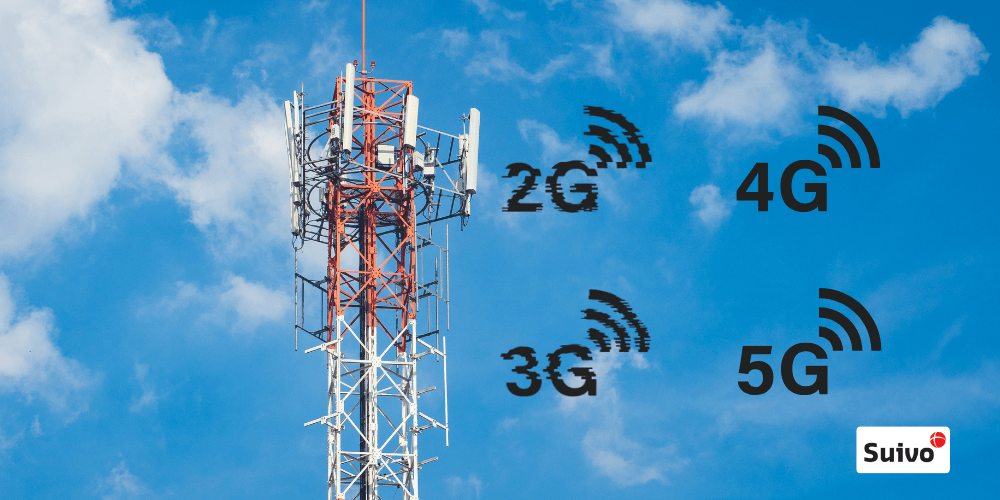Only recently the solutions became more secure, stable and offer enhanced data integration options. And with that, a lot of new questions pop up to. What tags are better for what purpose? When should you choose passive or active tags?
With this article we aim to provide an overview of the best solution depending on the situation.
What tags are good for what type of assets and why?
We’ll be straight-forward; all tags can be used for any type of asset. The challenges aren’t technology based but rather a practical consideration centered around your business needs.
Before we get to the answers, we need to ask the right questions:
- Do you have enough space on your asset (tool, machine, vehicle) to place a tag or tracker? In this case, size matters. Make space-based categories of your tools and machines to see how big the hardware can be.
- Can you conveniently attach the tag without interfering the usability of the tool/machine? Try to fix something on the machine and then use it. Is it still safe and practical to work with?
- In what circumstances is your asset used? When your tools are covered with dirt, a QR code can’t be scanned easily anymore. But signals like Bluetooth or NFC can still be transmitted. Is the asset/machine outside and exposed to rain and sun?
- How valuable is the asset? What is the cost of the asset and what is the cost in case of loss? Active tags are usually more expensive than passive tags. Is the cost in line with the savings you achieve?
How do you decide whether to use active tags, passive tags or a mix of both?
Cost will usually be the main differentiator between the two, given that active tags provide more functionality and give you the possibility to automate asset management. A passive tag costs approximately €1-2 per asset. Active tags are more expensive; nearly €20-25 per asset. Often the cheaper option doesn’t provide the same long-term ROI as the more expensive solution, and ends up making you less money than you could potentially have made.
Imagine you have 10.000 assets, the cost easily adds up. But of course, you have also the option to combine active and passive tags. Here again, before we get to the answers, we need to ask the right questions: what information do you want, how frequently and is manual or automated work favorable?
The biggest difference between active tag and passive tags is that an active tag can send out information from a distance. Active tags usually work with an embedded battery to send their data. Passive tags depend on a scanner to capture the information of the asset. They cannot send anything by themselves or be captured from a distance.
In the table below we’ve made an overview of the main differences between the different types of tags.
Use active tags if you:
- Strive for maximum automation and less manual work. I want to know what assets are where e.g. in my warehouse(s), without having to manually scan all the assets coming in and out.
- I want to have more control over stock on different location (in vehicles, on construction sites, …) without having to use a scanning device.
Use passive tags if you:
- Mainly want to digitize transfers from warehouse(s) to yards or other logistic sites
- Want to be able to request inspection/maintenance information for an asset that I come across
How to find the right mix of passive and active tags?
In order to find the (your) right mix between passive and active tags we advise you to calculate your business case. Straighten out the cost of not having an asset management solution at all (cost of searching material and tools, inventory, loss of assets and related costs of overstocks, safety, poorly maintained tools and machines, management of inspections, etc.) versus the investment of equipping your assets with passive tags where possible, and active tags where needed.
Asset tagging with API: future-proofing your business
Once you’ve decided you want an asset tagging solution to digitally access your asset information, the first step is done. But before you continue with the buying process, you might want to ask the solution provider about their abilities to connect their system with your existing systems.
- Do they have a local team of IT experts to help you setting up the API with your systems in place?
- Does the tagging system provide an API?
- How flexible and fast does the tagging system act on local adaption and local legal changes?
If you would like to learn more about asset tagging, or need help calculating you ROI, don’t hesitate to contact us.
Check out Suivo’s Oxygen solution for asset tagging here.





